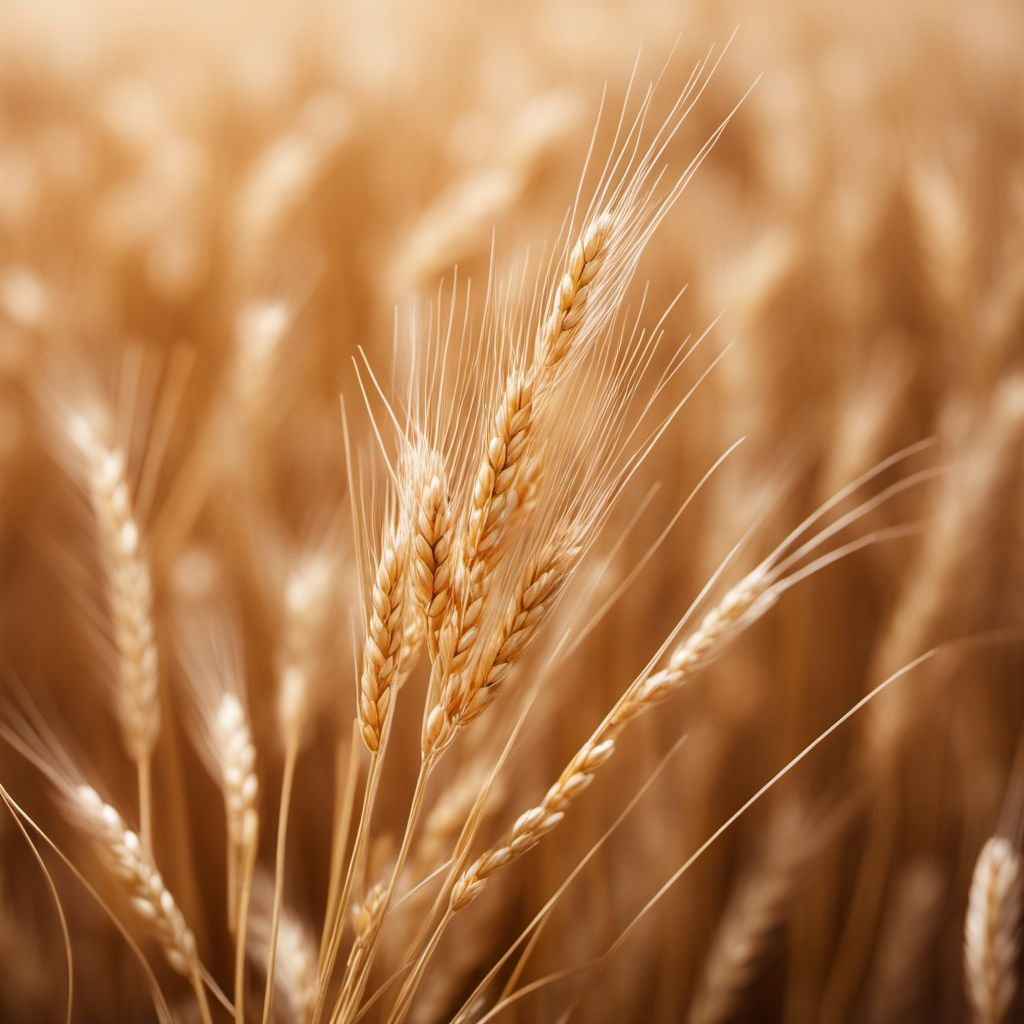
Ingredient
Wheat flour
The Versatile Grain: Exploring the Wonders of Wheat Flour
Wheat flour is a finely ground powder made from the milling of wheat grains. It is available in various forms, including all-purpose, whole wheat, and bread flour. With its pale yellow color and powdery texture, wheat flour is a fundamental ingredient in baking and cooking. It has a neutral taste and a smooth, silky texture that contributes to the structure and texture of baked goods.
Origins and history
Wheat has been cultivated for thousands of years and is believed to have originated in the Fertile Crescent of the Middle East. It played a crucial role in the development of ancient civilizations, such as Mesopotamia and Egypt, where it was a staple crop. Over time, wheat cultivation spread to different parts of the world, and today it is one of the most widely grown and consumed grains globally.
Nutritional information
Wheat flour is a good source of carbohydrates, providing energy for the body. It also contains essential nutrients such as fiber, protein, and minerals like iron and magnesium. However, it is important to note that wheat flour is not suitable for individuals with gluten intolerance or celiac disease.
Allergens
Wheat flour contains gluten, making it unsuitable for individuals with gluten allergies or sensitivities.
How to select
When selecting wheat flour, look for a brand that is known for its quality and freshness. Check the expiration date to ensure it is not expired. Additionally, opt for flour that is finely ground and free from any lumps or impurities.
Storage recommendations
To maintain the freshness and quality of wheat flour, store it in an airtight container in a cool, dry place. Avoid exposure to moisture, as it can cause the flour to clump or spoil. Proper storage will help extend its shelf life.
How to produce
Wheat flour is typically produced on a large scale by milling wheat grains. However, for amateur bakers, it is not practical to produce wheat flour at home due to the specialized equipment and processes involved.
Preparation tips
When using wheat flour in baking, it is important to measure it accurately to achieve the desired results. Sift the flour before using it to remove any lumps and aerate it for better incorporation into the recipe. Additionally, be mindful of the gluten content in wheat flour, as overmixing can result in a tougher texture in baked goods.
Substitutions
Suitable substitutes for wheat flour include almond flour, coconut flour, or gluten-free flour blends for individuals with gluten intolerance or allergies.
Culinary uses
Wheat flour is a versatile ingredient used in a wide range of culinary applications. It is commonly used to make bread, cakes, cookies, pastries, pasta, and pancakes. Its gluten content gives structure and elasticity to dough, making it ideal for baking.
Availability
Wheat flour is widely available in grocery stores, supermarkets, and online retailers worldwide.
More ingredients from this category
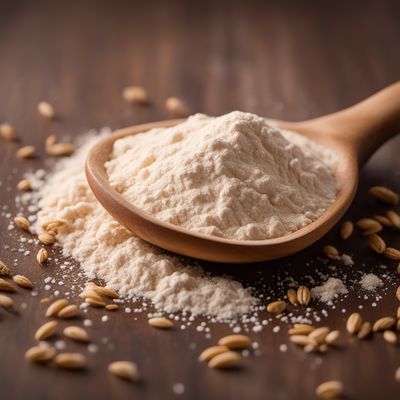
Wheat flour, brown
The Nutrient-Rich Powerhouse: Unveiling the Secrets of Brown Wheat Flour

Chapatti flour
The Versatile Flour for Perfect Indian Flatbreads
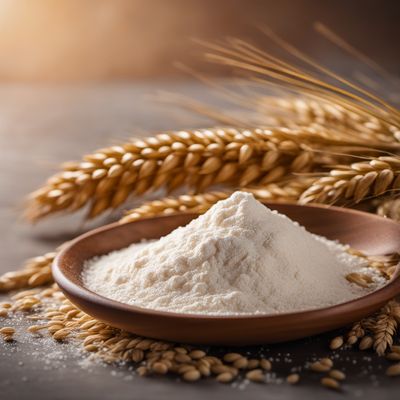
Wheat flour, durum
Versatile Grain Powerhouse

Wheat wholemeal flour
Nutrient-Rich Whole Grain Flour
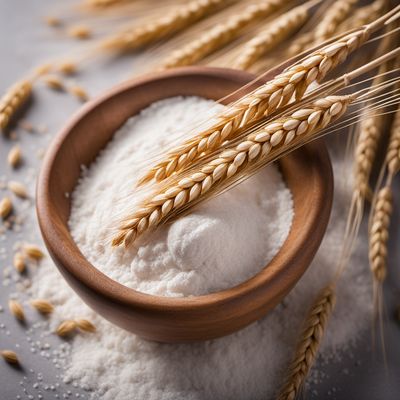
Wheat flour white
The Versatile Flour: Unleashing the Power of White Wheat Flour
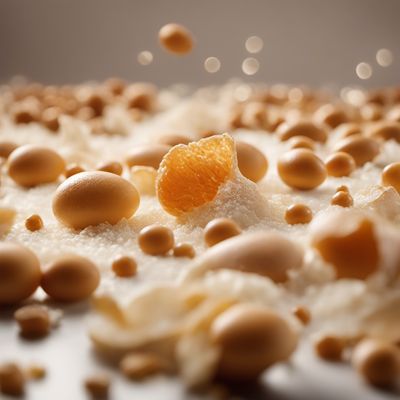
Graham flour
The Wholesome Wonder: Unveiling the Secrets of Graham Flour
Recipes using Wheat flour » Browse all
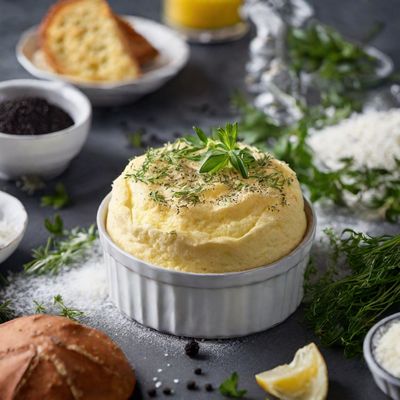
Nouvelle Cuisine Soufflé
Elevate Your Tastebuds with a Nouvelle Cuisine Soufflé

Madurese Pestiños
Sweet and Crispy Madurese Delight
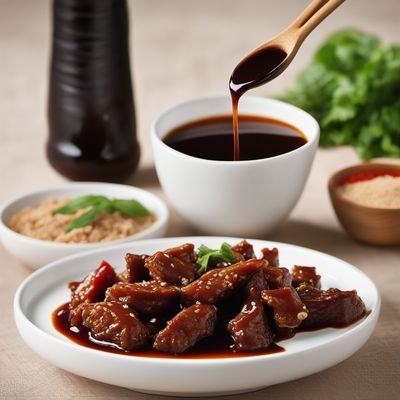
Malaysian Chinese-style Espagnole Sauce
Savory Fusion: Malaysian Chinese-style Espagnole Sauce

Tulumba Recipe
Golden Delights: Turkish Tulumba

Crispy Buttermilk Fried Chicken
Southern Delight: Crispy Buttermilk Fried Chicken

Zserbó - Hungarian Walnut and Apricot Pastry
Heavenly Hungarian Delight: Zserbó - A Perfect Blend of Nutty Crunch and Sweet Apricot

Guangxi-style Spiced Gingerbread
Aromatic Delight: Guangxi-inspired Spiced Gingerbread
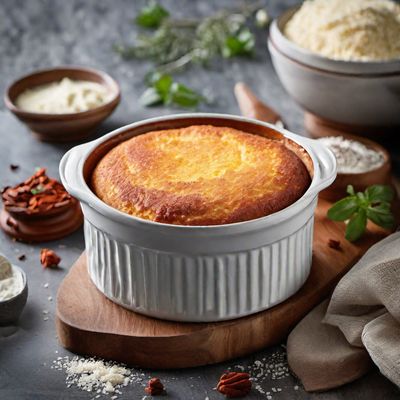
Spanish-style Soufflé
Fluffy Delight: Spanish Soufflé with a Twist

Homemade Aussie Roll
Crispy Veggie Delight: Homemade Aussie Roll Recipe

Honduran Coconut Shortbread
Tropical Twist: Honduran Coconut Shortbread

Mauritian Clanger
Savory Delight: Mauritian Clanger - A Fusion of Flavors
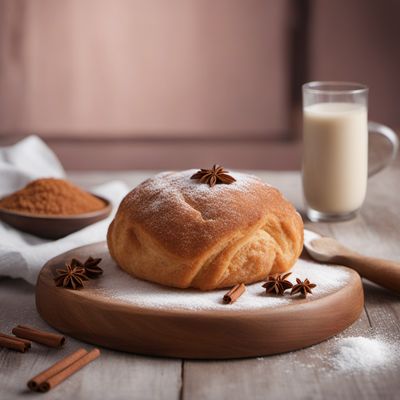
Skalický Trdelník with a Twist
Cinnamon-Sugar Delight: A Modern Take on Skalický Trdelník